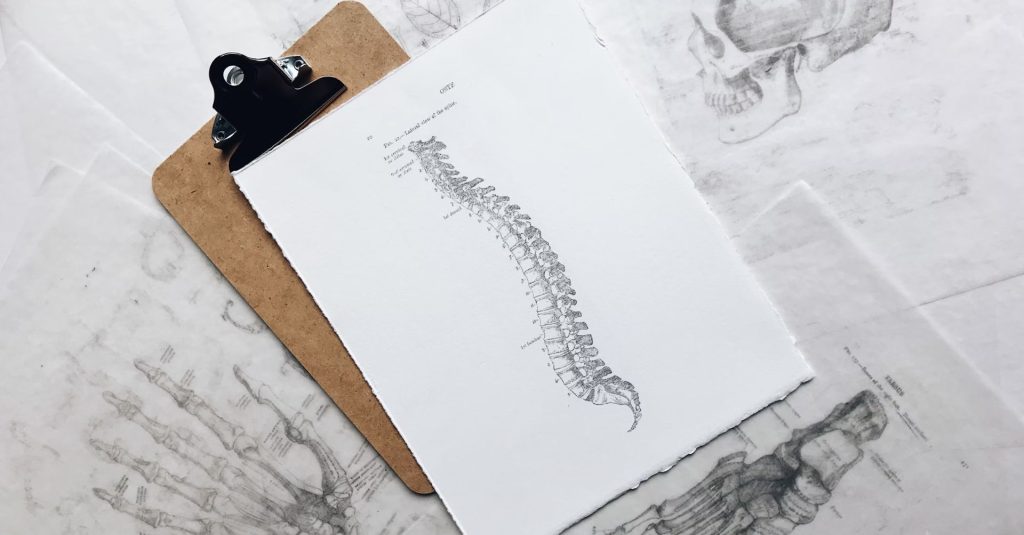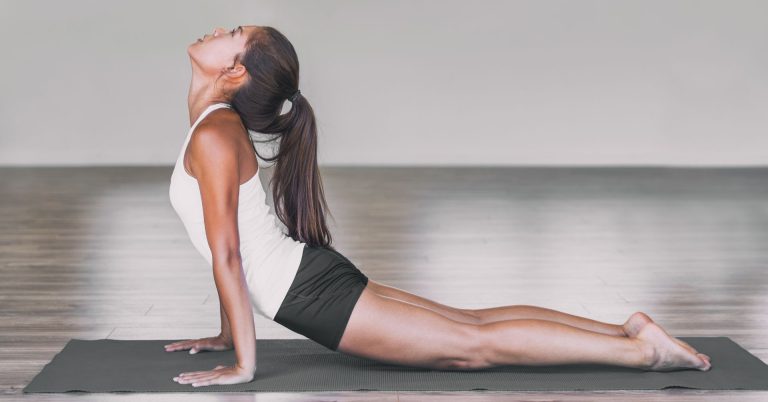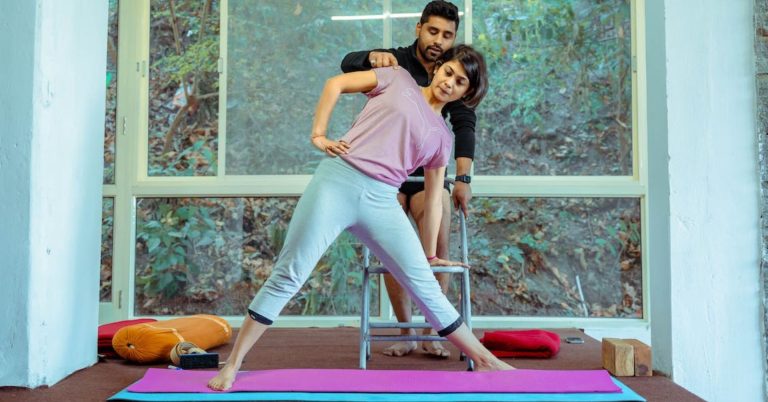SINGAPORE, 13 APRIL 2024 – In the unforgiving Singapore heat and humidity, defending champion Ashleigh Gentle conquered not just the heat, but also herself, producing a stunning performance to come from behind and clinch the Singapore T100 Women’s Pro title in style.
Gentle showed her mettle in the latter stages of the 100km race on Saturday (April 13), completing the 18km run in 1hr 9mins 10sec to beat reigning Ironman world champion Lucy Charles-Barclay and surprise podium finisher Els Visser.
A relieved Gentle, 33, said after her win: “It feels a bit surreal to be honest. It surprised me a little bit but I’m obviously very happy. It’s just very different. Last year I found my flow and felt really comfortable and strong whereas this year it was very gritty, it was hard. So same result, but the feelings to get that result was so different so it’s just one of those things where you kind of have to persevere no matter what circumstances you’re dealt with and how you’re feeling and I’m just really glad that I was able to stay composed and still perform at a really high level.”
While the win is extra motivation for Gentle to work harder for the rest of the season, celebrations will be put on hold temporarily as Gentle will turn spectator for husband and fellow athlete Josh Amberger who will compete in the Men’s Pro race on Sunday.
The Australian said: “It gives me a lot of confidence (to start my season with a win) because I definitely feel I can perform a lot better at future races so to be able to win is a really good starting point and it gives me good points for the T100 series. It makes me motivated to go home and train harder for the San Francisco T100.
“I’m going to go to bed early tonight because my husband is racing tomorrow, then I’ll celebrate with all the athletes on Sunday night.”
Charles-Barclay, 30, will rue her chances after leading most of the race at Marina Bay as the wait for her first T100 win goes on. The Briton had also finished runner-up in the season opening Miami T100 last month.
Still, she remained upbeat and is looking to use her performance here as motivation for the rest of the season. The next T100 race is in San Francisco in June.
She said: “I had a good race, I was happy with the performance. I felt pretty strong throughout. It’s bittersweet being at the front all that time but I felt really strong and I think I just want to build each race. It was definitely a better performance than in the first race in Miami and definitely a much better performance than last year here in Singapore. So I feel like everything’s stepping in the right direction. I still feel like there’s more to give in the tank and there’s fire in the belly to go home and work before the next race, but overall, (I’m) really happy with that. And it’s crucial here. I think this is probably the hardest race on the tour. So it’s nice to get this one out of the way and hopefully the next one will be a bit easier.”
Dutchwoman Visser was surprised to finish on the podium, saying: “I feel super proud of myself. I never expected to finish on the podium. It’s kind of a dream come true and to be on the podium with Lucy and Ash, that’s just a dream come true. I never would have expected that, I’m just very happy. I finished last in the European Open last year, I finished last here in Singapore last year. But I’ve worked hard. I know I’m not the best swimmer so I know that I really have to work my way back into the field. My coach said just focus on yourself no matter the circumstances, the only thing you worry about is yourself, so that’s what I did. I came out of the water and I thought now just go to work, push hard on the bike, just be patient and I really made up some time to the other girls. I got closer and closer and in the last lap, my legs really started cramping. I didn’t know how I would feel on the run and it took me a while to find my rhythm but I really found the rhythm and just super happy I could overtake and stay in front.”
How The Race Unfolded
Even in sweltering conditions, there was no surprise to see Charles-Barclay quickly take to the front in Marina Bay. As in the Miami T100, it was Lucy Buckingham on her feet while Rebecca Clarke rounded out the three-woman group. That trio pushed ahead to create a lead of 1:07 out of the water after the 2km swim.
On the 80km bike course, it was the British pairing of Charles-Barclay and Buckingham who put the hammer down. Gentle soon moved through to third with the gap standing at around 2:45 by halfway. Meanwhile, 2022 Ironman world champion Chelsea Sodaro, who finished third in Singapore last year, was forced to retire from the race.
With just under 30km to go, Miami T100 Champion India Lee put in a surge to overtake Gentle and move into third, with T100 debutant Imogen Simmonds and Lucy Byram – who was sixth in Miami – close by. While Lee subsequently slowed her pace, losing 30 seconds to the group, there were problems up front for Buckingham as she appeared to cramp in the stifling heat with 18km to go, allowing Charles-Barclay to retake the lead.
Meanwhile, Visser was the big mover up the leaderboard, with the Dutchwoman powering inexorably through the field to move past 11 athletes and claim third during the final lap. Despite this showing, Charles-Barclay entered T2 just ahead of Buckingham but with 5:03 to Visser and in the box seat for her first T100 title.
Gentle was just a little further back with 5:33 to make up as she headed out onto the run. The Australian made short work of getting herself back into the podium position by overtaking Visser and her charge didn’t stop there. While Charles-Barclay was running well, Gentle was moving with stunning rapidity in spite of increasing temperatures and rising humidity.
After 8km, the Australian had slashed her deficit to overtake Buckingham and move into second. Continuing to chase Charles-Barclay, Gentle nudged the gap to 1:01 going into the final 6km lap. From there, it was a nail biting competition as Gentle hunted Charles-Barclay, finally making a decisive surge to pass her with 4km to take the lead for the first time in the race.
Meanwhile, Visser continued her hard work in the fight for a podium finish to pull past Buckingham into third, but she was still close to 4 minutes behind Charles-Barclay,
Elated and exhausted, Gentle crossed the line in 3:44:23 to take a powerful victory that will surely send a message to the other T100 athletes. The Australian secured a USD$25,000 (S$34,027) paycheck and the maximum 35 points to start her 2024 T100 Triathlon World Tour season.
Charles-Barclay followed her 2nd place in the Miami T100 with another 2nd place, taking US$16,000 and 28 points to take her series tally to 56 and put her at the top of the T100 standings.
Visser was the dark horse wildcard, completing the podium in style, earning US$12,000, 25 points and plenty of new fans.
In the closing stages, New Zealand’s Amelia Watkinson showed that consistency prevails, overtaking Buckingham near the finish to clinch fourth, with Buckingham rounding out the top five.
Singapore T100 Women’s Pro Race Standings:
- Ashleigh Gentle – 3:44:23
- Lucy Charles-Barclay – 3:45:58
- Els Visser – 3:51:38
- Amelia Watkinson – 3:52:03
- Lucy Buckingham – 3:52:10
To top the day off, 5km fun run The Music Run took over 3,000 amateurs around Marina Bay just after the women’s podium received their medals.
The men’s Singapore T100 race takes place on Sunday with the broadcast starts at 1500 local time (0800 BST) and the race starts 1515 (0815 BST). Both races are live and exclusive on Eurosport 1 and Discovery+ in Europe, in Singapore you can watch live on MEwatch and the rest of the world on PTO+ or the T100 YouTube channel. For more details visit: https://t100triathlon.com/singapore/pro/
Global Start Times – Men
Las Vegas: 00:00
San Francisco: 00:00
Vancouver: 00:00
Mexico City: 01:00
Miami: 03:00
New York: 03:00
Santiago: 03:00
Brasilia: 04:00
Dublin: 08:00
London: 08:00
Cape Town: 09:00
Ibiza: 09:00
Munich: 09:00
Istanbul: 10:00
Nairobi: 10:00 Dubai: 11:00
Karachi: 12:00
New Delhi: 12:30
Jakarta: 14:00
Beijing: 15:00
Singapore: 15:00
Tokyo: 16:00
Sydney: 17:00
Auckland: 19:00
The stage is also set for the amateurs on Sunday morning. As well as an equivalent 100km triathlon for experienced amateurs, there are also two duathlons: the Standard (4.5km Run/32km Bike/4.5km Run) and Long (9km Run/64km Bike/9km Run) Distance. For more information on the stunning Marina Bay Financial District course that will start with a swim in the iconic Marina Bay and then feature a multi-lap bike and run, visit here.
A reminder of how the T100 Triathlon World Tour works
- Each contracted athlete must complete a minimum of 5 races plus the Grand Final. Although racing obligations for athletes who’ve qualified and will compete in the Olympics have been reduced.
- Athletes to score 35 points for first place to 1 pt for 20th place at each race
- The Grand Final has increased points to up the ante (55 pts down to 4 pts)
- Each athlete’s best three T100 race scores plus the Grand Final will count towards the the inaugural women’s and men’s T100 World Championship
- $250,000 USD prize fund at each T100, totalling $2,000,000 across the eight races (1st place – $25,000k; 2nd – $16,000; 3rd – $12,000 at each race)
- The series winners following the Grand Final will be crowned T100 Triathlon World Champion and collect $210,000 USD from an additional total prize pool of $2,000,000




































